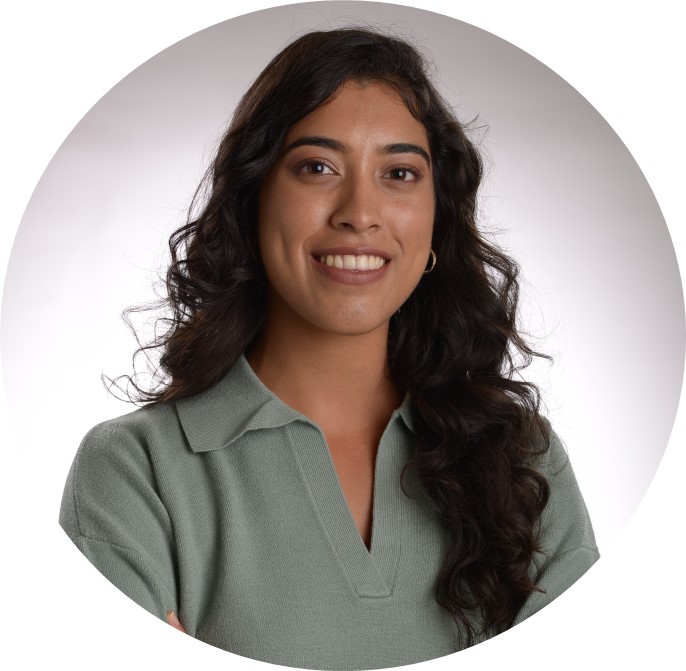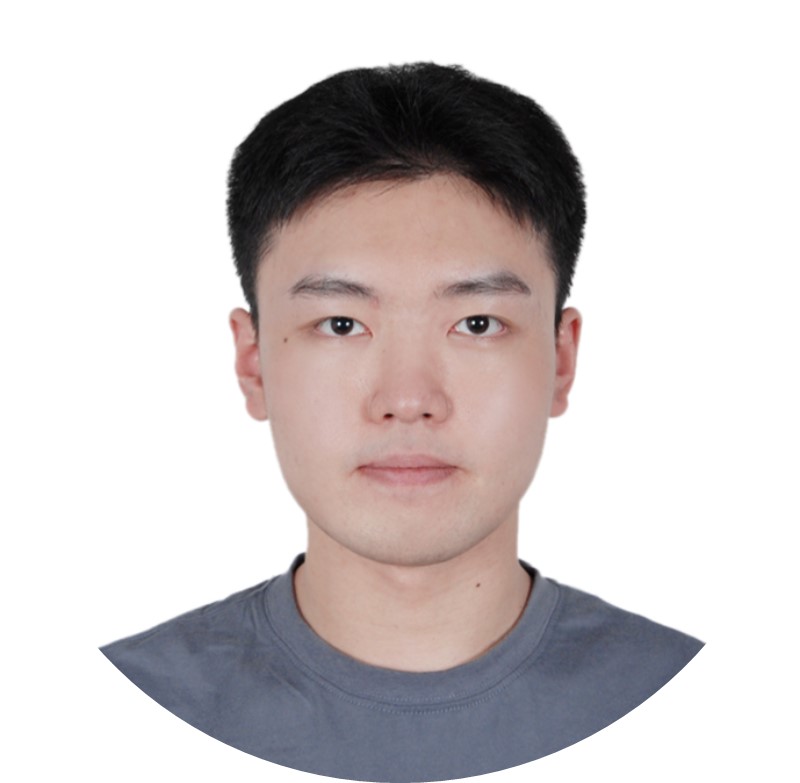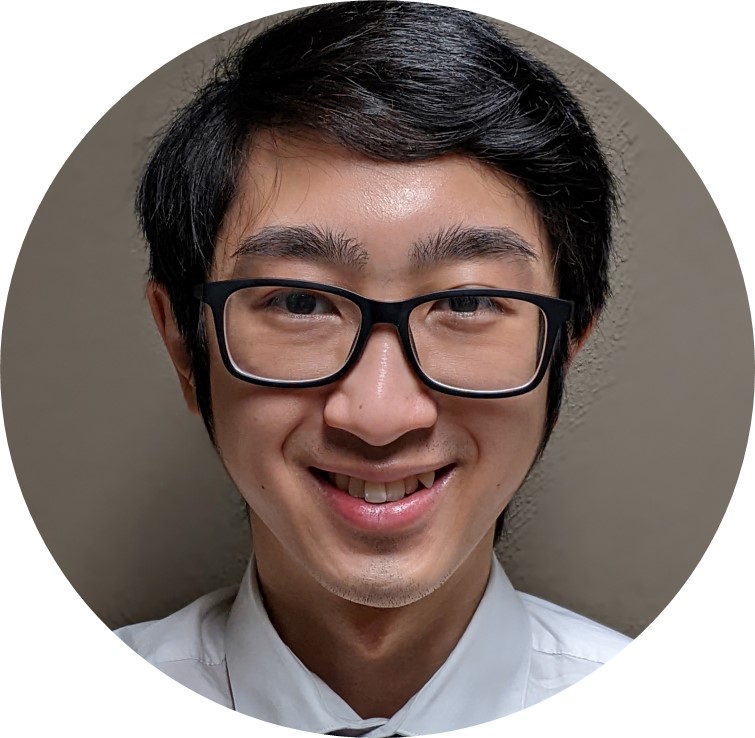CAPSTONE DESIGN PARTICIPANTS

Tracyl Ah-Leung

Niyati Raval

Monica Gangwar

Charles Ou
Machine Learning Design for Vortex Ring based Particle Delivery for Artificial Pollinator
28
The current decline in global pollinator populations can have significant negative ecological and economic impacts affecting the stability of crop production and food security, among others. The overall goal of the project is to design a method of pollination that does not rely on pollinators which is safe, cost-effective, and can be widely used in the agricultural industry. This project will focus specifically on developing computer vision and machine learning methods for sunflower flower classification, 3-D orientation, and location recognition.
Faculty Advisors: Qinqin Zhu, Zhao Pan

Yahya Diab

Nancy Ton

Matthew Wong

Angela Nguyen
Design of an Off-Grid Desalination Unit
29
Desalination though reverse-osmosis is one of the most efficient methods of processing saltwater into drinking water - economically and environmentally. Globally, climate change continues to cause environmental effects that can compromise access to existing drinking water resources. Especially in disaster situations, access to electricity and clean water can be challenging and/or costly. In this project, we plan to design and build a household-sized desalination unit. The unit is meant to supply drinkable water for a family of 4 (50L/person-per-day) using off-grid energy for disaster relief.
Faculty Advisor: Ali Elkamel, Xianshe Feng

Nicholas Rasmussen

Kyle Pieters

Elena Ancimer

Christopher Sung
Recycling Multilayer Film via Solvent Extraction
30
Non-recyclable multilayer plastics are a growing environmental issue worldwide. We have designed and tested a Solvent Targeted Recovery and Precipitation (STRAP) process to separate polyethylene (PE) and polyethylene terephthalate (PET) multilayer film provided by a local manufacturer. Experimental trials confirmed system validity and assisted in optimizing operating conditions. While designing our scaled-up industrial process, we strived to include environmentally friendly solvents and integrate solvent recovery. The process was simulated using ASPEN and analyzed to determine economic, environmental, and safety impacts and concerns.
Industrial Partner: Peel Plastics
Faculty Advisor: Tiz Mekonnen

Abiye Fiberesima

Jordan Davies

Jordan Henriques
Energy Storage for Remote Communities in Canada
31
Intermittent energy is a problem that plagues remote, off-grid communities across the world. Many of these communities often rely on unclean, unreliable methods of generating electricity, like fossil fuels. In collaboration with three mechanical engineers Peter Cioceanu, Mitchell Oji Lamogha Sogote Uku, and Ojaswi Tagore the group aims to provide an efficient, environmentally friendly compressed air energy storage system to stem these communities reliance on fossil fuels like diesel.
Faculty Advisor: David Mather

Pirashan Ravikumaran

Kushaal Madayya

Junjie Gu

Ahnaf Aziz
Investigation of Air Pollution Bioremediation Methods
32
With industrial CO2 emissions being a leading cause of climate change, many direct air capture methods have been implemented. However, storing the captured carbon without significant cost is difficult. Preliminary research indicates that mycorrhizal fungi in a soil bed naturally has a high carbon storage rate. Our project will determine the feasibility of a process that utilizes direct air capture and mycorrhizal fungi to separate and store CO2 from combusted flue gas. This includes a process design, while analyzing environmental, economic, and safety impacts.
Faculty Advisor: Bill Anderson